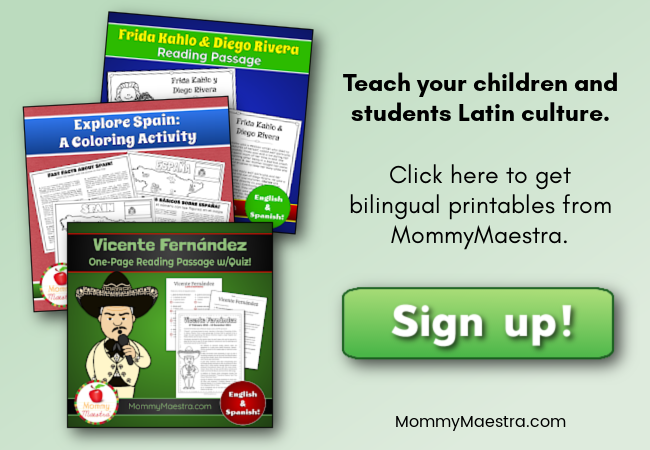(Note: I am publishing this early to give you as much notice as possible!)
I don't know why I am finding out about things at the last minute lately. I feel like there's too much going on for me to keep up with. But at least I have time to share with all of you about World Maths Day. Have you already heard about it?
On Tuesday, March 1st, students all over the world will be competing in real time against other students from around the world playing mental arithmetic games on the World Maths Day website. With math, communication is fun and easy - no translation needed! It is a universal language that allows people to connect around the globe. In 2010, there were 56,082 schools that participated in this global education event. In fact, there were 2,403,526 students who participated from 236 countries - and a new Guiness World Record was set!
This year there are four age categories: 4-7, 8-10, 11-13 and 14-18. Students can play up to 100 games during the 48 hour period. Each game lasts exactly 60 seconds. There are five levels of play, each of which contains 20 games.The best part? It is 100% FREE! Your student just needs internet access.
My daughter is excited and is "practicing" as I type this. I hope that your children or students get excited, too!
You need to register by February 28th (TODAY!) to be able to play. In fact, the event starts at 6:00 a.m. EST today - which happens to be 12 a.m. tomorrow in Auckland, New Zealand.
To add to the education madness, this year, for the first time, World Spelling Day will be held in addition. It will take place on March 3rd, 2011. And next year, they will be adding a World Science Day, too.
So here's your chance to make math fun and get your kids excited!
A sumar! (O a restar?)
Con mucho cariño...
































